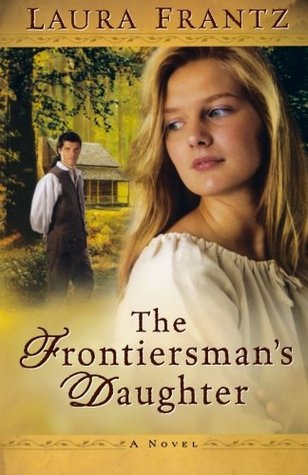
BAM! BIFF! POW! OWL!
The recent Batman: Noir release (a format presenting seminal Batman stories in black and white inks without any color) of writer Scott Snyder, artist Greg Capullo and inker Jonathan Glapion’s The Court of Owls has proven an excellent opportunity to revisit a story that has cemented its place as a Batman classic despite being less than a decade old.
The new Noir formatting of the story is not exactly the second format I’ve encountered this story in. I read it first as individual comic books, then as a nicer pair of hardcover trades. There’s an excellent version that is just Capullo’s original pencils and, of course, the academic, oversized Absolute Edition. Anytime the opportunity arises I find myself eager to reencounter Snyder and Capullo’s first Batman collaboration in a different light, as I consistently find myself drifting back to the tale once or twice a year. With the exception of Christopher Nolan’s Dark Knight, which I saw a dozen times in the theater because I was a high schooler on summer vacation and the world was my oyster and time had no meaning, Court of Owls is the Batman story I interact with the most.
But why?
There are plenty of Batman stories I love, but none that I inevitably meander back to with such frequency.
DC Comics already regularly markets The Court of Owls as a Batman essential alongside the likes of Frank Miller’s Year One and The Dark Knight Returns, and Jeph Loeb and Tim Sale’s The Long Halloween, but more than perhaps any other Batman story, Court of Owls has the mythological backbone of a near-universal rite of passage.
For those unfamiliar with The Court of Owls, the story concerns a Batman at the height of his prowess discovering an illuminati-like organization that has haunted Gotham’s past and is pulling the strings to manipulate the city’s future. Readers are introduced to a Bruce Wayne who can and does readily wax philosophic about Gotham. It is his city. He knows it to the marrow. He informs the reader of Gotham’s history, of Gotham’s architecture, of its heights and depths, and he does it with the sort of offhanded virtuosity one would provide an oral history of their closest friends and family.
And then he discovers that that knowledge is at best incomplete, and at worst an elaborate façade.
In The Court of Owls, Batman undergoes a rite of passage most, if not all, of us will confront at some point in our lives: the subversion of his perception of home.
Court of Owls challenge Batman by calling into question the structural integrity of what he believe Gotham to be. The worst part? Nothing about Gotham City has actually changed. The threat Bruce Wayne stumbles upon is one that dates back centuries. The adversary he faces is ingrained in Gotham and has been for longer than he ever can be. In grand, mythological fashion, Batman’s undertaking in Court of Owls mirrors the sort of realization that comes with hearing the unabridged, adult version of the history of the town you grew up in, or with returning home after that first semester away from college to find everything so different and so eerily similar. It’s a story about our relationships with home, about how home can define us, betray us and strengthen us, about how even when everything we think we know about our home suddenly feels false the inherent truths we hold about our home can still ring true.
In Court of Owls, Batman, like each of us, has to contend with those aspects of his relationship with Gotham that are concrete and those that are fluid and the fact that what makes those aspects concrete or fluid may be entirely out of his control. It’s a struggle that is gorgeously rendered by Capullo in the story’s unforgettable middle chapters (originally published as Batman #5 and #6) in which Batman is stalked through his new nemesis’ stalking grounds.
I find myself returning to the Court of Owls time and time again because it so beautifully articulates and examines our relationships with home. It is Batman punching and kicking his way through the internal monologues we have when we return home for the holidays and wander through neighborhoods that suddenly seem so much smaller. It’s a batarang to that weird sensation of finding out some grown-up you knew as a kid is actually an utter jackass, or some mean old lady you rolled your eyes at was a saint. More than an excellent Batman story, the Court of Owls is an excellent human story, one that deals with the horrifying sensation of tectonic plates beneath our parents’ house shifting that we all find ourselves experiencing at one point or another.
Advertisements Share this:





